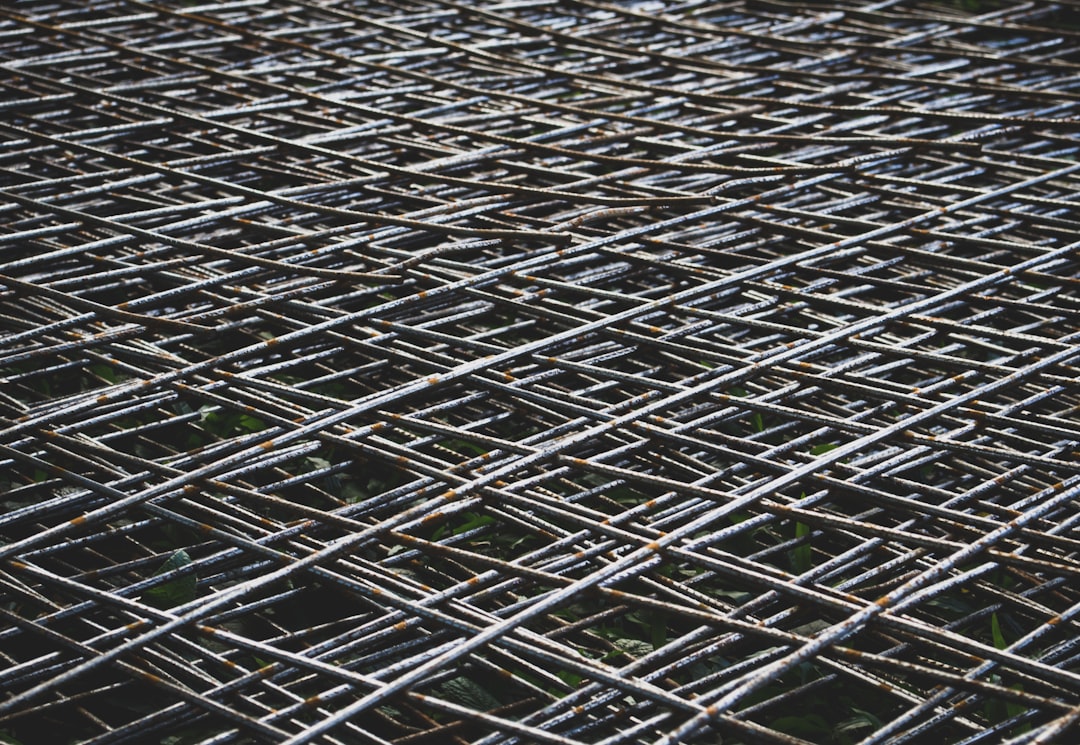What is it about?
To treat micro-polluted surface water with a better EC process, a response surface method (RSM) was employed to optimize the process parameters. First, the main factor that affected the CODMn removal efficiency in the electrocoagulation process was determined in single factor experiments. Then, a quadratic regression model was generated using a RSM. The refined EC operating conditions were a current density of 1.57 mA•cm-2, an initial pH of 7.5 and an operation time of 32 minutes, which maximized the CODMn removal efficiency at 60.56%. Finally, the results of a verification test results corresponded with the calculated values, which indicated that the regression model was accurate and reliable.
Featured Image
Why is it important?
In this work, the micro-polluted surface water was optimized. The main variables (i.e., operation time, current density and initial pH) and its sub optimal boundary of RSM were determined by means of single factor experiment. In term of present investigation, the additional NaCl obstruct to CODMn elimination but sharply decreasing operation energy. Moreover, an interaction analyzing among main components was investigated by employing RSM. The statistical majorized model obtained the maximal value of 60.56% at a current density of 1.57 mA•cm-2, an initial pH of 7.5, an operation time of 32 minutes and without additional NaCl.
Read the Original
This page is a summary of: Optimization of Electrocoagulation Process to Eliminate CODMnin Micro-Polluted Surface Water Using Response Surface Method, Journal of Dispersion Science and Technology, August 2015, Taylor & Francis,
DOI: 10.1080/01932691.2015.1080611.
You can read the full text:
Contributors
The following have contributed to this page










